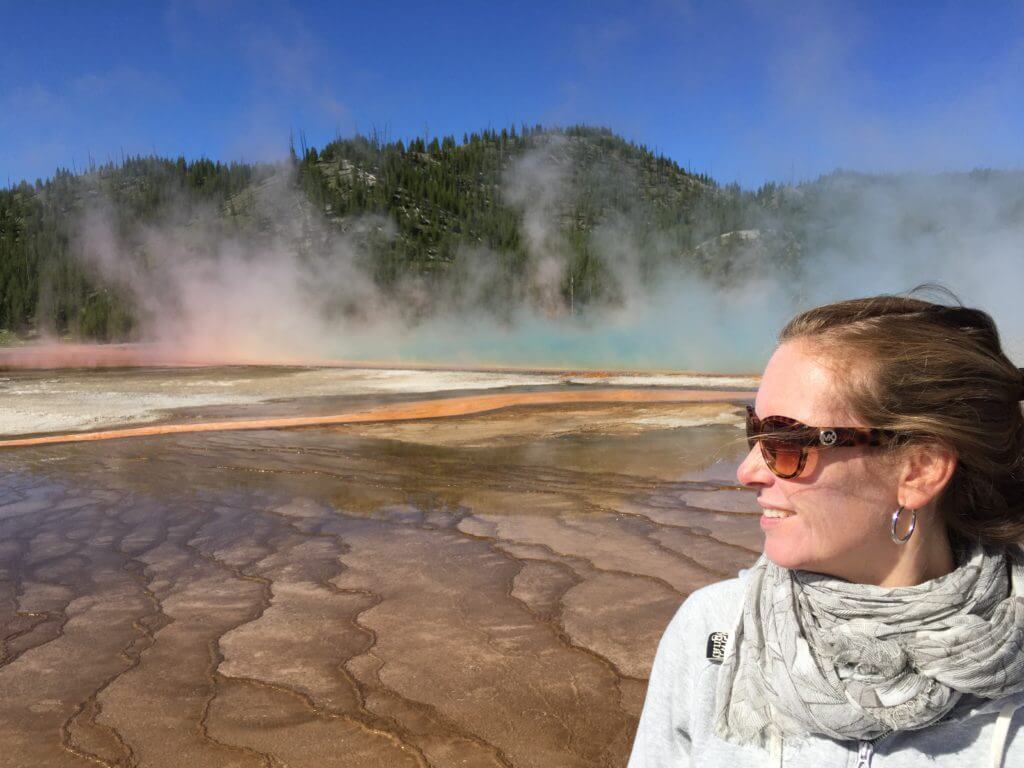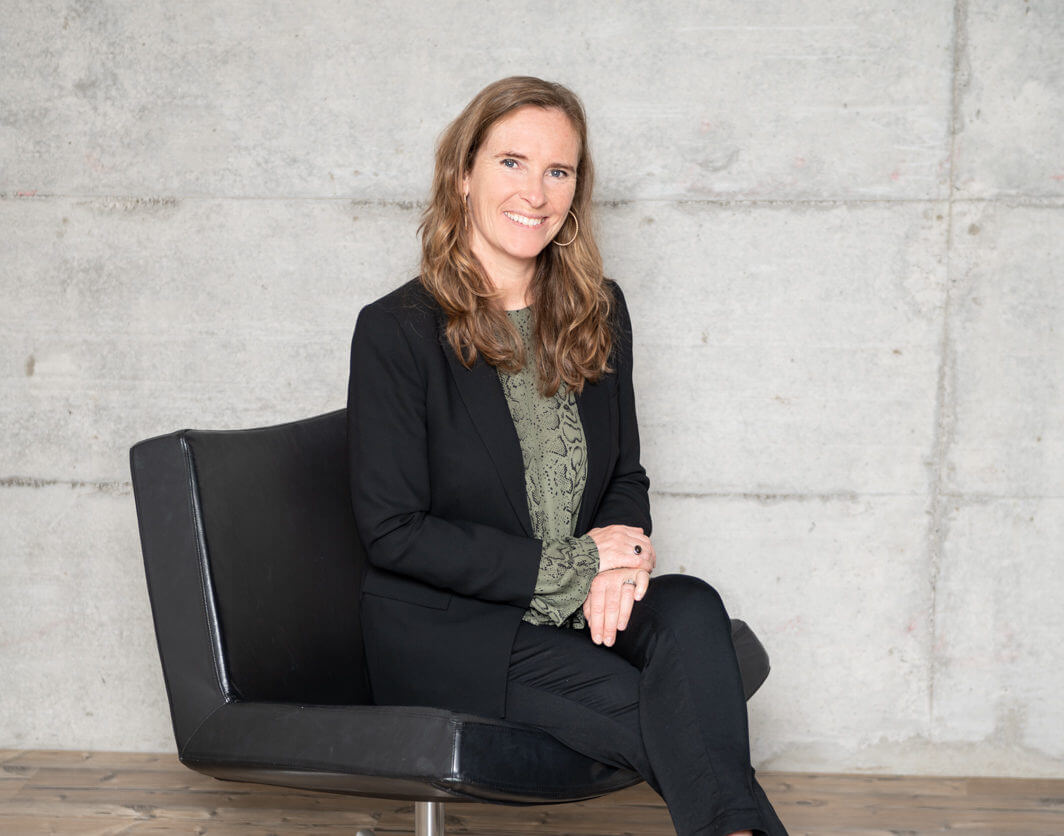Charlotte Berg joined us in July last year as a Senior Consultant in Operations. In her Consultant Spotlight below, Charlotte shares her global career journey, from observing cell cultures to preparing EU MDR submissions. Read on to find out more about her love for both art and science, and why she thinks lab people make for some of the best co-workers…
Did you always want to work in the medical industry?
You know sometimes I feel like I got into the field on a banana peel – if that translates in English! In my early adult years, I actually thought I wanted to be an interpreter.
Before my biology studies, I took a little break to study languages and culture because I wasn’t really sure what I wanted to do straight after school. I was always good with languages. I enjoyed English and French at school and wanted to develop my French further. So, I travelled to France after graduating high school, and spent six months learning the language and having a great time!
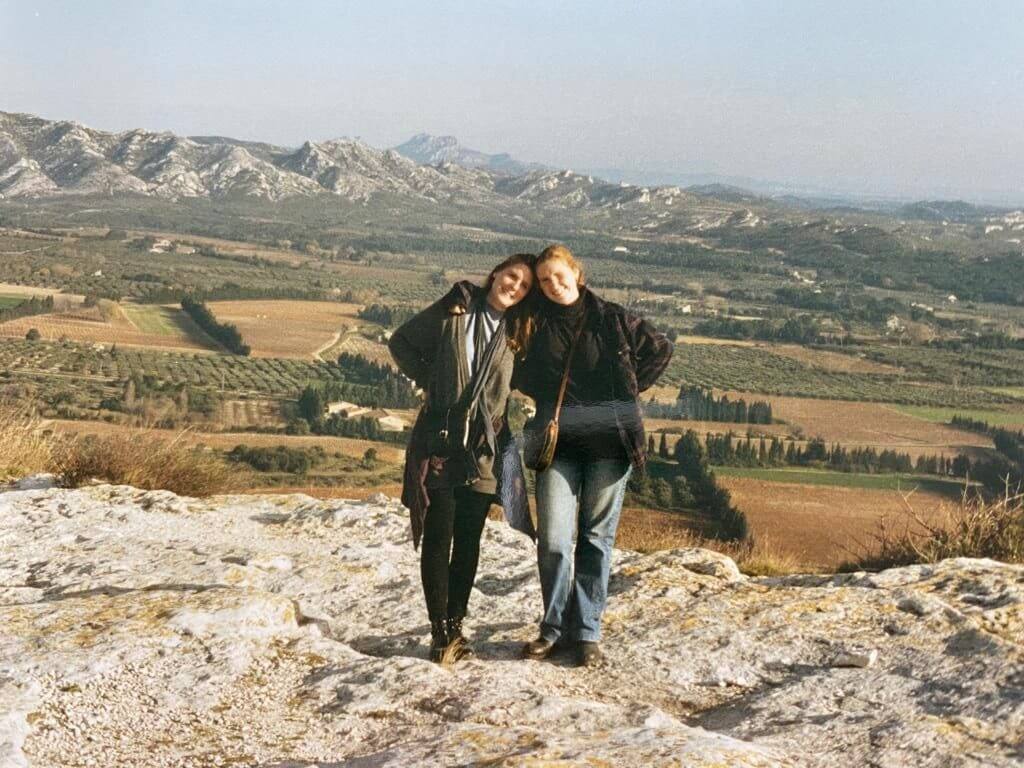
It was exhilarating, but scary at times – things didn’t always run smoothly – but we learnt a lot of French. It’s hard to imagine my daughter travelling in the same way now though. Back in the nineties we just hopped on a train and said see you in half a year – whereas these days we can basically track our children’s every move!
“My first semesters at university were some of the best experiences of my life.”
Even though early on I thought becoming an interpreter would be a good career choice, the more language I studied, the more I realised that it was the cultural side of languages that I loved rather than the technical aspects. When I came back from France, I studied a year of English at the Linköping University. Literature and history studies were prominent in the course, and a couple of my teachers were super passionate about art. Their enthusiasm rubbed off on me and that’s how I found myself studying art history for six months at the Lund University in the south of Sweden.
My first semesters at university were some of the best experiences of my life. Studying languages and art history allowed me to learn so much more about the context of the world and its history. And whilst it turned out that I didn’t want to pursue this area professionally, it was a fulfilling excursion for a 21-year-old who wasn’t quite done with exploring her options.
From art history to molecular biology. Tell us more about this transition…
During high school I also really liked biology and chemistry. My dad is a doctor, and he was practicing throughout my childhood. Biology always felt around somehow at home. I think that was why I applied for a biology program, and I haven’t regretted that.
“I went from gazing at a painting and thinking in depth about it, to working eight until five in a chemistry lab.”
So, after my time in France and my language and art studies, I started my four-year MSc in biology at the Lund University. Going from art history to biology was quite the shift, especially as we started with a full year of chemistry. I went from gazing at a painting and thinking in depth about it, to working eight until five in a chemistry lab. But I loved every moment of it. It felt more real and concrete somehow.
The biology aspect covered a lot of how the body and how nature works. It soon became clear to me that I wanted to work in a field that looked at how the body functions – especially on a more granular level.
That’s what led me to specialise in cell biology and molecular biology for my master’s thesis. By the time we all completed our final degree, most of my classmates had gotten into research and progressed onto completing PhDs and post-docs. This wasn’t for me – I was ready to get into industry.
By a stroke of luck, an acquaintance of mine was working as a cell biologist in a lab for what was then Gambro Renal Products – a medical device company in Lund that produced dialysis equipment. She was embarking on her next career move and was looking for someone to take over her role as a laboratory engineer / cell biologist working with in vitro toxicity methods.
That was the start of my career as a biocompatibility scientist, and as the field has remained such a fascinating area, I’ve never really deviated!
Do you find that there are things you learnt during your language, culture and art history studies that complement your work in medical?
Definitely language, because of the need for clear communication in a global setting – and of course the need for good English. When it comes to the art history, I think that’s more a part of my personality – it gives me a broader perspective and allows me to connect with people on a level other than work. And that connection is so important – the better you know someone, the better you work together.
Art is still a passion of mine outside of work too. I love visiting museums and I’m so happy that everything has opened again post-pandemic. Moving to Switzerland has also stimulated our family’s love of nature. I mean, in Switzerland if you don’t like nature, what’s the point of living here, right?! When you think about it, nature really is a form of art. I’m often in awe of the natural beauty of the mountains, lakes, and pretty scenery.
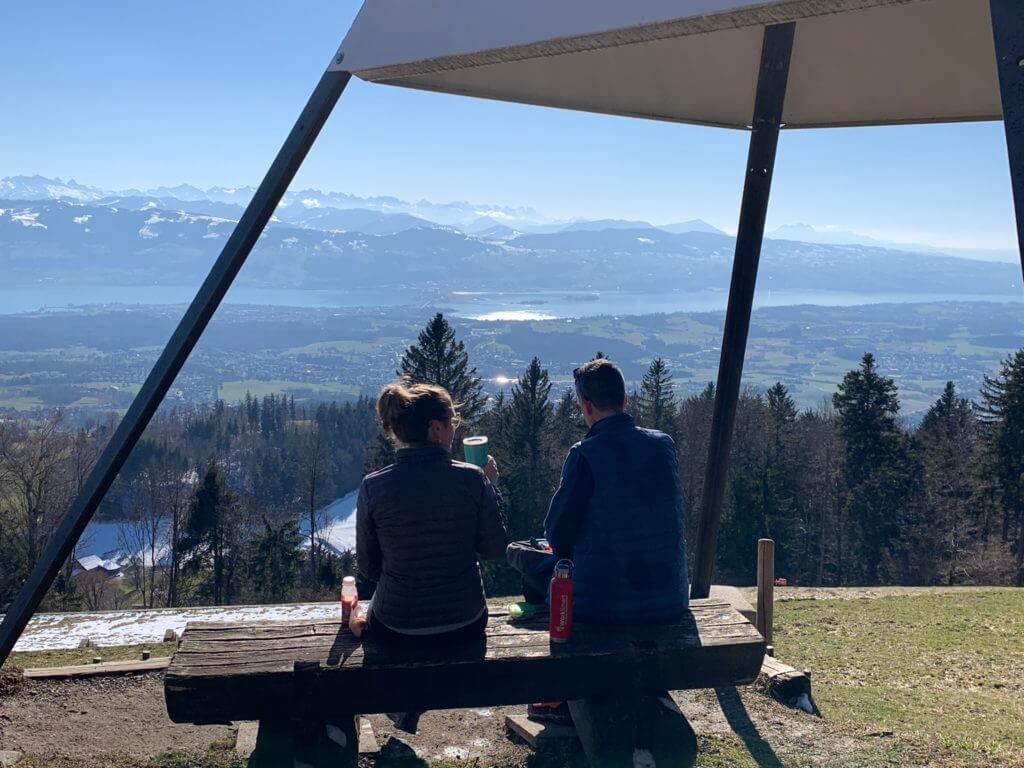
Back to science now. What area are you most passionate about?
I worked for many happy years in the lab on cell biology, which I’ve always loved. The practical work with cell cultures excited me the most. Being able to observe the intricacies of cell behaviour – that part of the science always interested me.
During the initial years at Gambro, I started at the bottom, conducting experiments that were set up for me, learning the routine as I progressed. Eventually I became more senior, and responsible for developing the methods myself (still within a framework), and training people. Unlike in university, you’re governed by rules and regulations – and I quite like that. I found tinkering with elements within this kind of framework so interesting. This, combined with working amongst great lab people kept me in the lab for almost seven years!
What do you think makes lab people special?
I think it’s something to do with the high level of collaboration and communication needed to work together in harmony. Lab work can be very unpredictable, stressful, intense, and sometimes “boring” during the long incubation wait times. You have to be considerate to others, be a clear communicator, cope well under pressure, and be very patient. Working together in close proximity for long hours can be tough, so you need to form a good connection with your co-workers. I was fortunate to work with quite social lab workers, so we got to know each other well and had so much fun.
Let’s talk about your time at Gambro. How did the company being acquired impact you?
A couple of years into my first professional role at Gambro, the company was bought by Baxter, a large American medical device and pharma company. The acquisition changed the whole company, so whilst I didn’t change employer for the first 15 years of my professional life, I still had the opportunity to experience a big transition, and the variety of job roles that came with it.
Gambro’s acquisition by Baxter prompted a lot of change. I got the opportunity to become a team lead with a slightly larger team, plus a couple of chemists – which was great for me because then I got to learn about chemistry within the area of medical device products. I eventually transferred into a manager position and for about three years, I moved around various people management positions. There was a lot of project management, because the acquisition meant that people, projects, and priorities were constantly shifting.
“I think I’m quite positive to change – it doesn’t frighten me.”
Meeting new people within the organisation became commonplace, and I really liked it. I think I’m quite positive to change – it doesn’t frighten me. That said, I guess I was also fortunate, because the change led to more interesting positions for me. I had the opportunity to build on the solid scientific background developed during all those years in the lab, with new skills like people and project management, and there was also a considerable amount of travelling within Europe involved. I look back on those years fondly.
After your time at Baxter, you moved to the US. What prompted your move from Sweden?
My husband got a job in the US, so we decided to move over there as a family, and I took a career break to concentrate on our daughter who was five at the time. She was just starting school and we didn’t know how the move from Sweden to the US was going to affect her. Now that I’m looking back, it was actually a big thing to leave a safe little haven to start something new across the Atlantic.
Interestingly, Baxter offered me a remote-working position, but this was before COVID, so it felt a little wild at the time! The role would have been quite administrative too, so I declined, resigned, and took a chance by taking a career break – not knowing how it was going to affect my career longer term.
As it turned out, my daughter didn’t really need me so I could have started working again a lot sooner! But then in the US it’s a little bit difficult to find a good work-life balance so I decided to take some extra time off, meaning my career break ended up being a little more than a year.
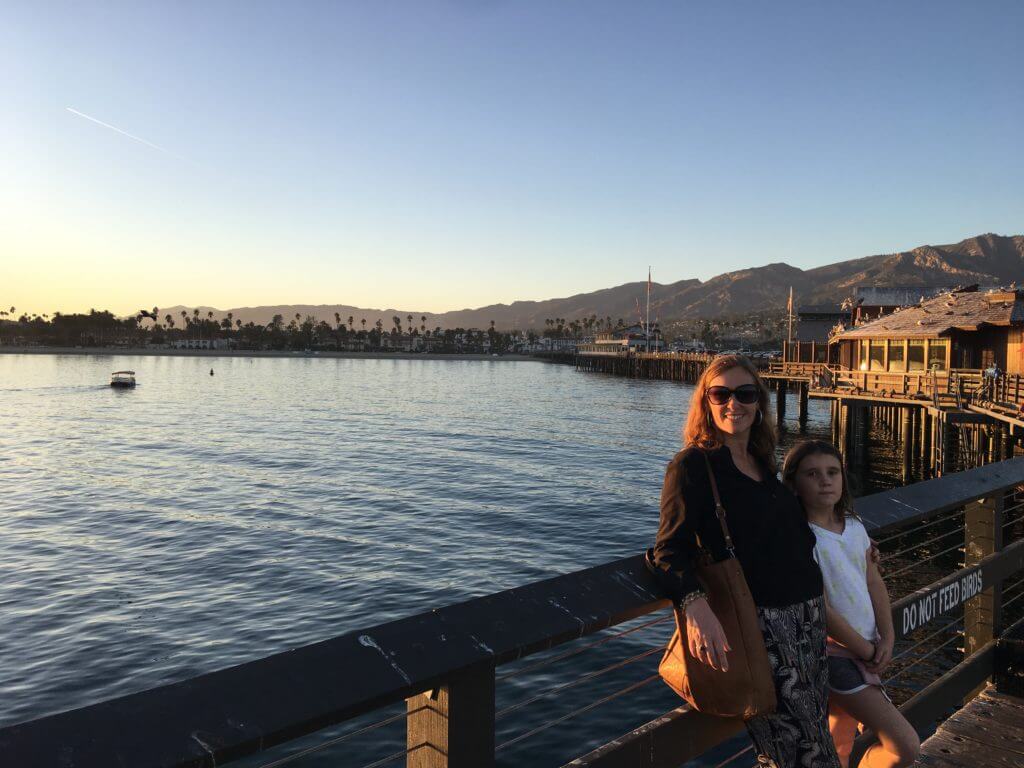
How did your career break affect your perspective on professional life?
At first, I thought having time to reflect would maybe lead me down different paths. But as it turned out, it just gave me renewed energy to get back to work. That said, I’m still happy that I was able to take the break to prioritise helping my daughter deal with a move to a new continent, especially as she couldn’t speak English at the time.
I was the driving force behind getting us integrated and making friends for us. And whilst I was very lonely at the beginning without work colleagues, we all eventually got connected, learnt about the culture, and settled in. I see my career break as something nice I did for my family, and an experience that made me realise that you can miss work when you don’t have it.
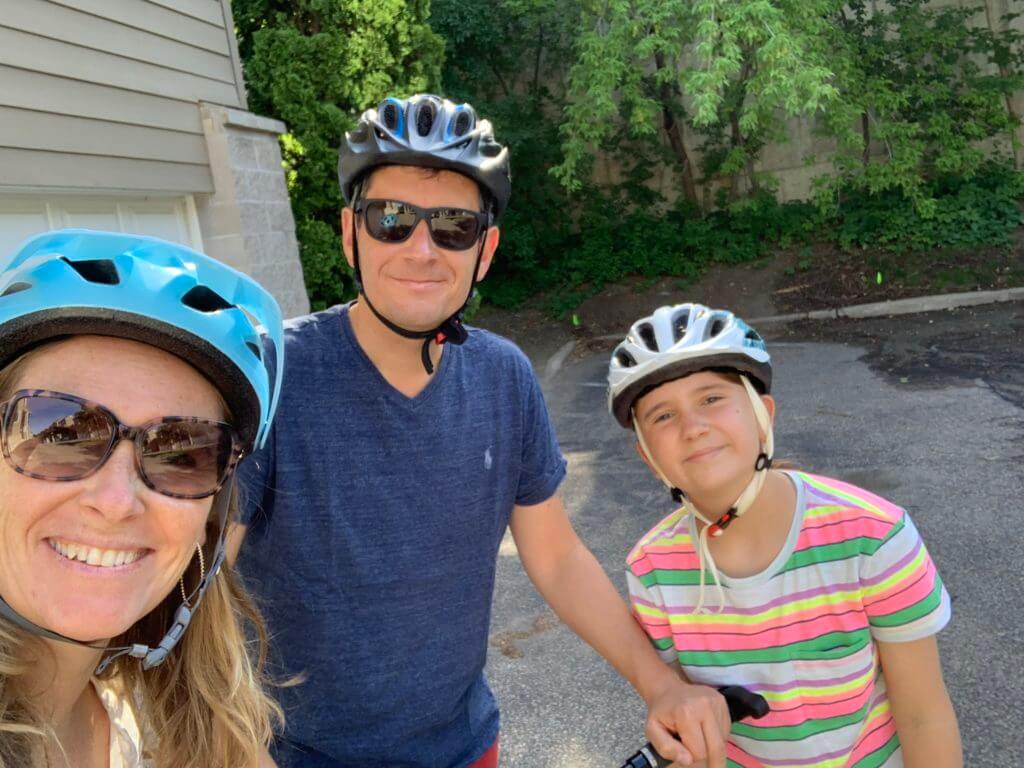
What was your next move after your time off?
After just over a year, I found my way back to the cell culture lab, this time as a Group Leader for Biocompatibility Testing at Pace Analytical Life Sciences – setting up the kind of tests that I had been doing earlier in my career. It was super fun and I’ll never forget my experience there – it was one of the nicest places I’ve worked, with fantastic people.
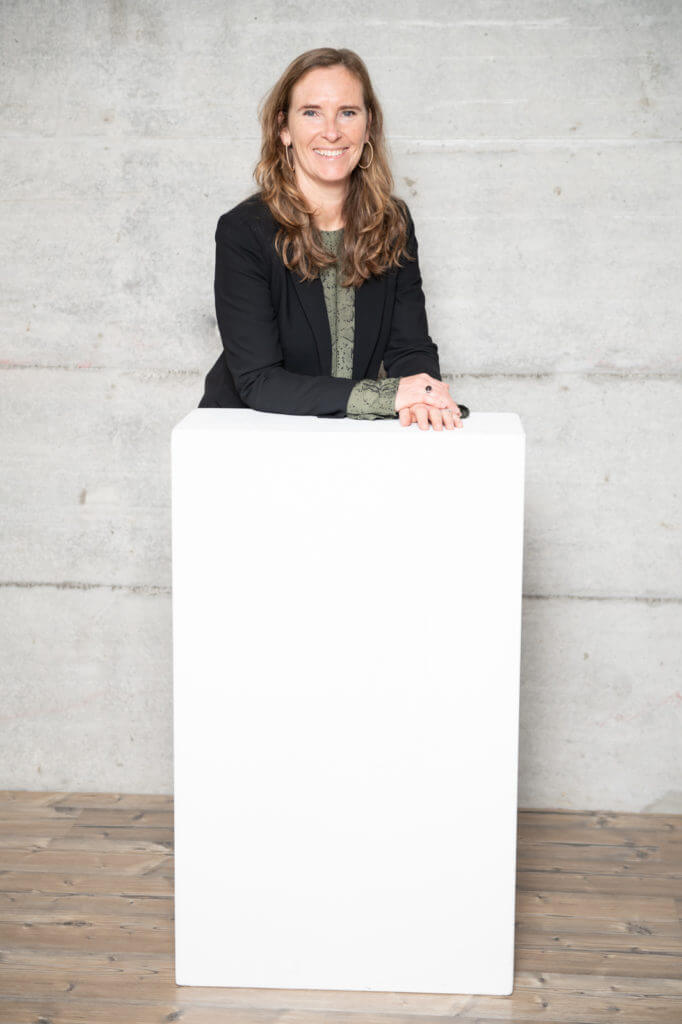
A couple of years later, the long commute and strenuous hours started to take their toll, and I was ready to develop my skills in another way. At the same time, the EU MDR was rearing its head, and my knowledge in the biocompatibility field suddenly became quite sought after. I had a hunch that the EU MDR could be something big. So, when an opportunity arose to become a Senior Consultant at Medtronic, helping with the preparation of submission files for the EU MDR, my gut feeling was to grab it.
“…better roll up our sleeves, things are going to be different…”
My two-year tenure at Medtronic marked a shift in my area of expertise – from lab work to working on submission files for MDR. In the couple of years that I’d been away from that kind of work, a lot of things had changed. With a higher level of regulatory scrutiny, which was both scary and interesting, companies could no longer be complacent. And once the importance of becoming ready for the MDR sunk in, it really was a case of better roll up our sleeves, things are going to be different now.
What would you say are your favourite aspects of your job?
Delivering work within a framework is something I enjoy. I like the sense of completing tasks and rising to the next challenge whilst having a bigger picture view.
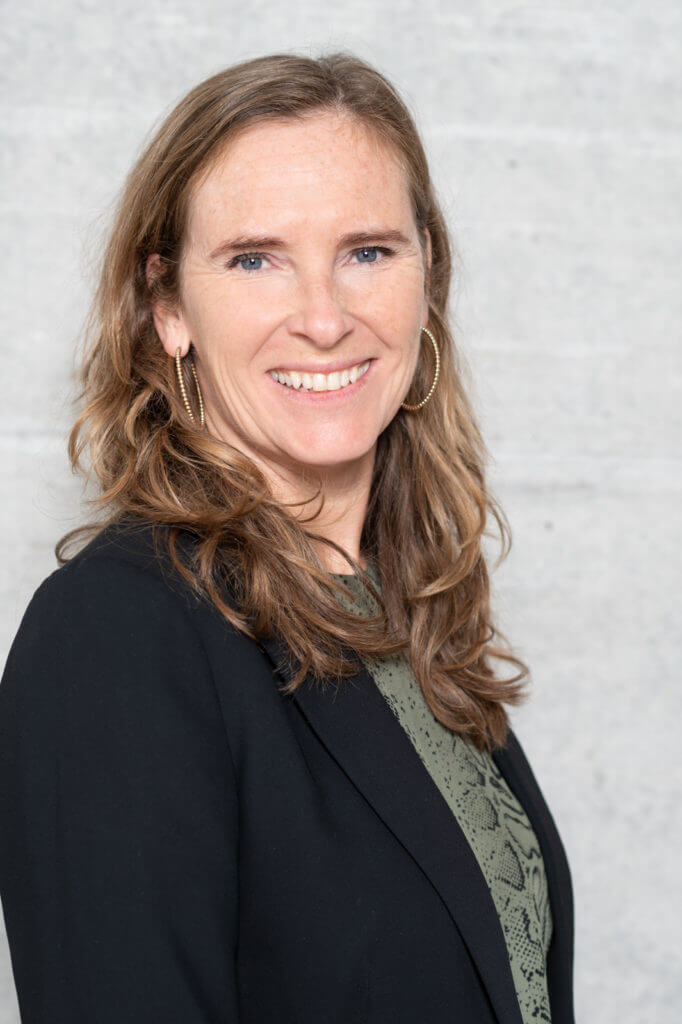
After Medtronic I joined DePuy Synthes (a Johnson & Johnson company), and my current role is as a Senior Consultant with Congenius. The role is focused on biocompatibility evaluations as part of MDR submissions for orthopaedic implants and accessories, and my day-to-day work includes writing up evaluations, coordinating testing, and helping the more junior consultants to distinguish what’s important to include in our submission reports. In a regulated environment, I think that knowing when to stop – knowing what’s good enough, is invaluable – and so I enjoy finding that balance with the team and working together to develop this sense of prioritisation.
I really value strong teamwork. When I first started working on MDR submissions there was this lovely coming together of people with different perspectives to reinvent the old way of doing things. I remember an enormous mobilisation of resources, existing data and the creation of new data which all required strong collaboration.
And the third aspect would be the opportunity for change that exists within the medical device industry – be that through changing roles, vastly varied products, working on different projects with different types of people, or experiencing different countries and cultures. Biocompatibility as a field is also constantly evolving.
How has the biocompatibility field developed during your time in the medical device industry and where do you think it’s headed next?
My professional work has always focused on confirming that a certain product is biologically safe. In the early years of my career, I would do the actual testing that someone would include in a report for a regulatory submission. The chemistry was kind of an “add on” to the reports. A few years on, and what used to be a small field that no one seemed to care so much about, has now exploded.
“I couldn’t have imagined when I started in the lab that we’d have such a strong voice now.”
The field of biocompatibility encompasses so much more now than what it used to 15 years ago. And that’s a strong motivator for me right now. I couldn’t have imagined when I started as a 25-year-old in the lab, that we’d have such a strong voice now – and it’s right that the evaluations and tests now carry more weight.
With the EU MDR still being so new, from a regulatory science perspective I’m curious to see how the situation evolves. I think a challenge over the coming years in this space will be achieving a sense of global harmonisation for regulatory requirements. The standards and regulations currently available on biocompatibility are somewhat open-worded and leave a lot of room for interpretation.
Then of course a big shift on the horizon is the move from some of the animal experiments for irritation and sensitisation to in vitro – that’s probably the biggest thing that’s going to happen over the next ten years. I think, and hope, that it’ll soon be possible to use in vitro techniques to avoid in vivo studies, and to improve the test relevance for humans.
Who or what inspires you from a professional perspective, and what kind of impact do you hope to make within your professional life?
Right now, as an individual contributor and SME, I’m inspired by strong leaders and project managers. And on the science side, I find people who are passionate enough to push for new methods and champion more humane forms of testing hugely inspirational.
Then when it comes to making an impact, I want to continue helping others to keep the bigger picture in mind, so sight of the main goal is always maintained. Day to day, I try to utilise my personality to be a good leader and to make meaningful connections with people.
Also, I’m not afraid to say that I don’t know something, and I think this can be immensely helpful. Whilst it can feel embarrassing to show a little weakness, it can often help to open people up to sharing their knowledge.
I believe that this sense of coming together as a team to share ideas and technical knowledge – whilst keeping focus on the core mission, is ultimately what empowers us to advance positive change through our work.
